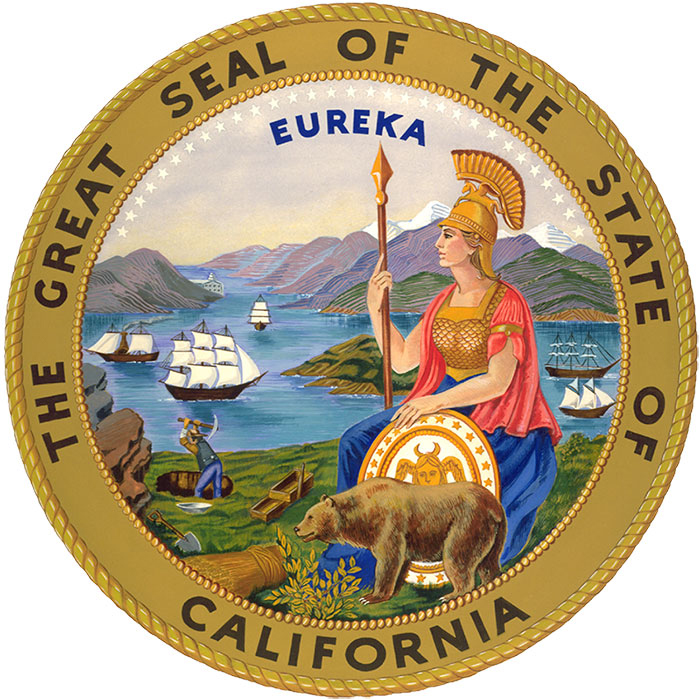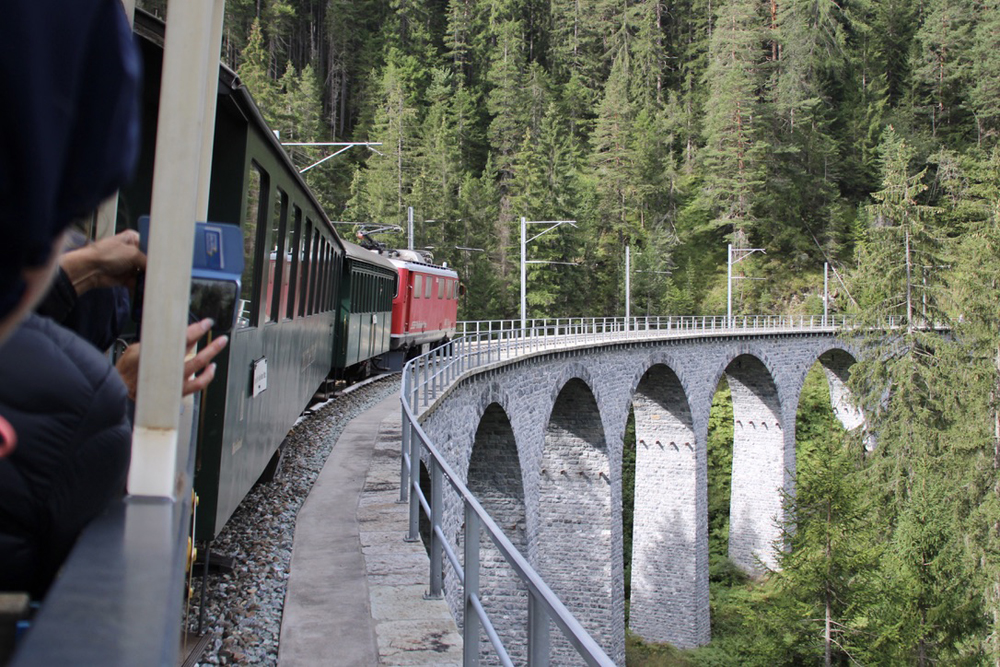The rail supplier’s owner and CEO Peter Spuhler signed a contract for the bilevel EMUs with Caltrain CEO Jim Hartnett in San Mateo, Calif., on Monday. The contract between Caltrain and Stadler says the trains will be 515 feet and 3 inches long.
The new trains will connect San Francisco with San Jose in the Silicon Valley. The EMUs, with their high performance and passenger capacity, will help to provide a better service to the rapidly growing ridership by allowing Caltrain to offer faster and more frequent connections. The replacement of the existing heavy-steel-construction diesel fleet with state-of-the art lightweight aluminum EMUs will also significantly decrease greenhouse-gas and noise emissions.
— From a Stadler U.S., news release. Tuesday, Aug. 15, 2016.















Stadler is a worthy name, builders-wise. But aluminum? We’re going to see electrolysis problems with these, especially from trapped wash-water. I will bet a dozen doughnuts!
That commuter rail route was kept going with life support for decades, it seemed. Now it has more traffic than it can handle. One reason is that many of the areas along its route are getting massive employment growth, yet have the brakes on adding housing. Those workers have to live somewhere (else), and then get to work by some means. I”m starting to feel optimistic about passenger rail in the US because of a few bright spots like CalTrain. I look forward to riding on it when it is electrified.
That´s a good question
Can these tailgate pass FRA requirements?